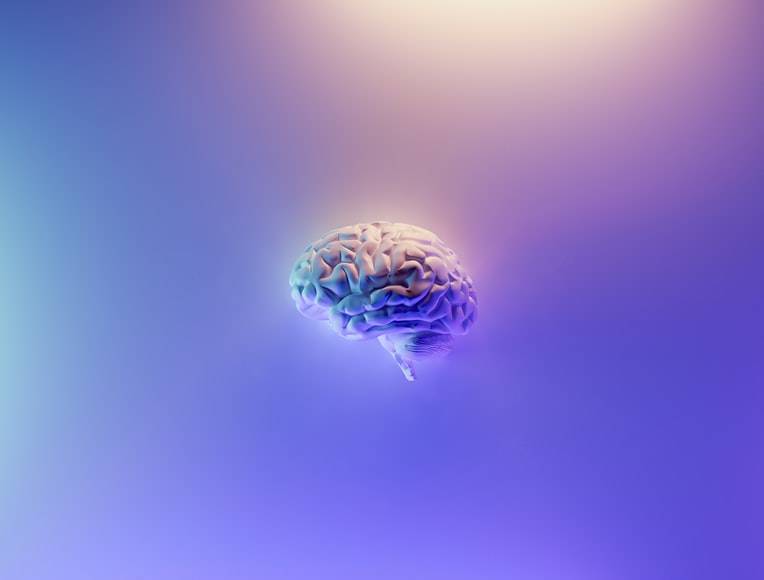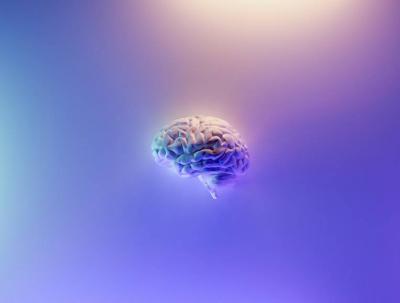Ischemic strokes are the most common type of stroke, occurring when a blood clot blocks the flow of blood and oxygen to the brain. These blood clots typically form in areas where arteries narrow or become blocked over time due to fatty deposits known as plaques.
This life-threatening condition presents early warning signs in the limbs, necessitating awareness and immediate medical assistance. These early symptoms include sudden numbness or weakness or paralysis in the limbs (arm or leg), often occurring on one side of the body. If you try to raise both arms above your head and notice that one arm begins to fall, this may indicate a stroke, potentially accompanied by drooping on one side of the face.
Ischemic stroke is one of three types of strokes, also referred to as cerebral ischemia or cerebral hypoperfusion. This type of stroke occurs due to a blockage in one of the arteries supplying blood to the brain, reducing blood and oxygen flow to the brain, leading to damage or death of brain cells. If blood circulation is not restored quickly, brain damage can become permanent. Medical reports indicate that nearly 87% of all strokes are ischemic strokes.
According to Healthline, early symptoms of ischemic stroke include:
- Vision problems
- Weakness or paralysis in the limbs
- Dizziness
- Confusion
- Difficulty walking
- One-sided facial drooping
One of the most common disabilities resulting from a stroke is paralysis or the inability of muscles to move. Muscle movement is controlled by messages sent from the brain. The exchange of instructions between the brain and muscles can be affected due to the stroke, as part of the brain ceases to function. When blood flow to the brain is interrupted, it results in a medical emergency known as stroke-induced paralysis, which is a common definition of a stroke.




